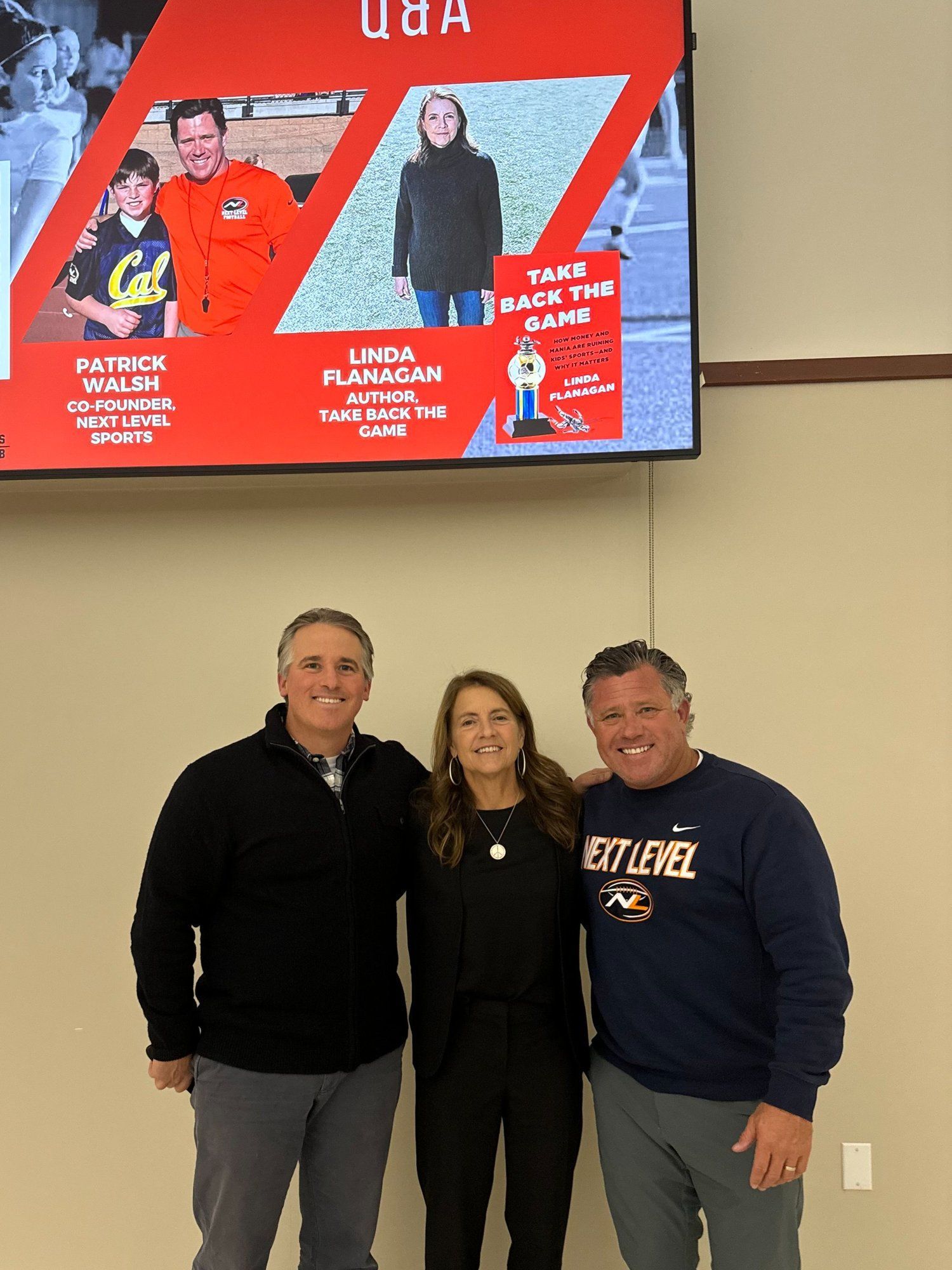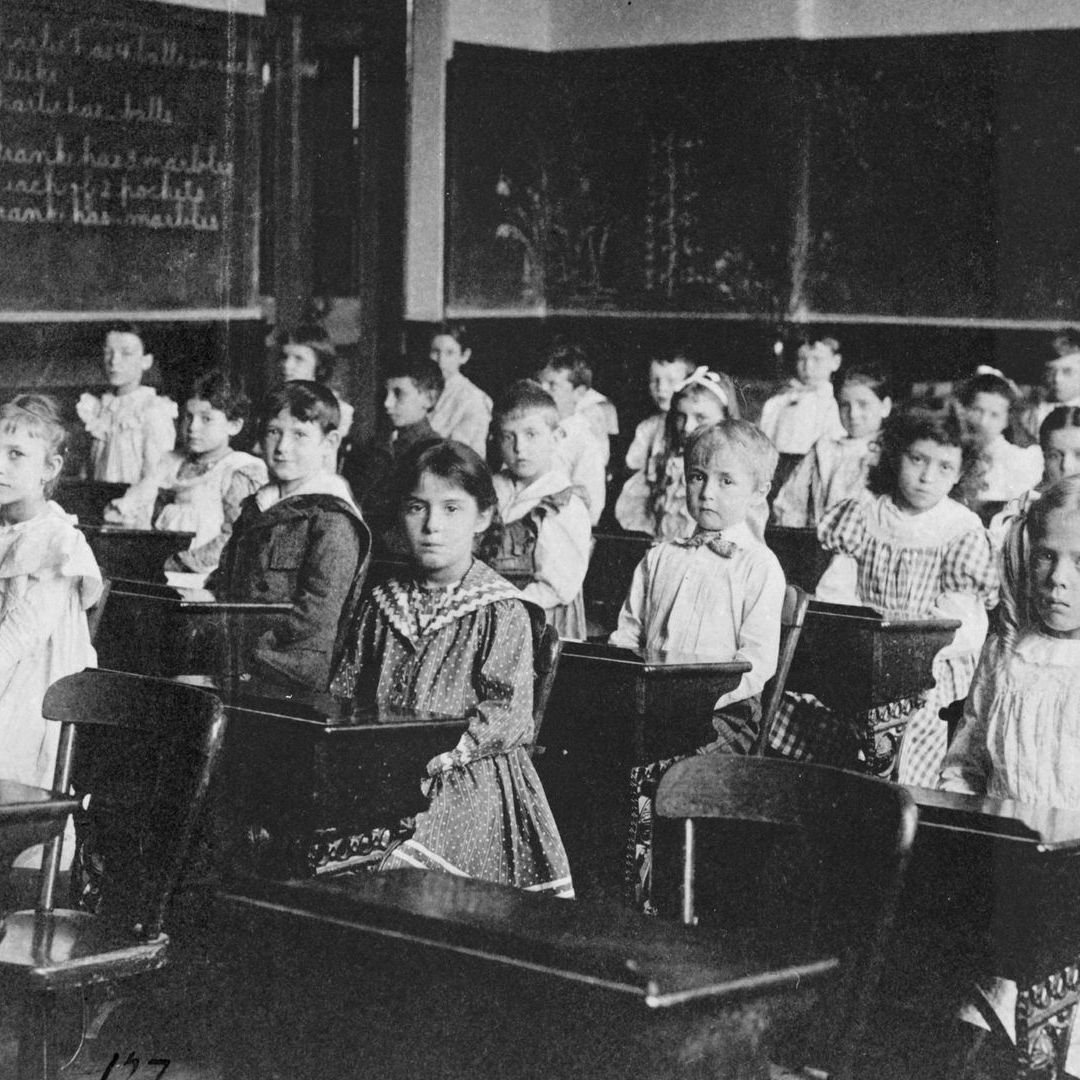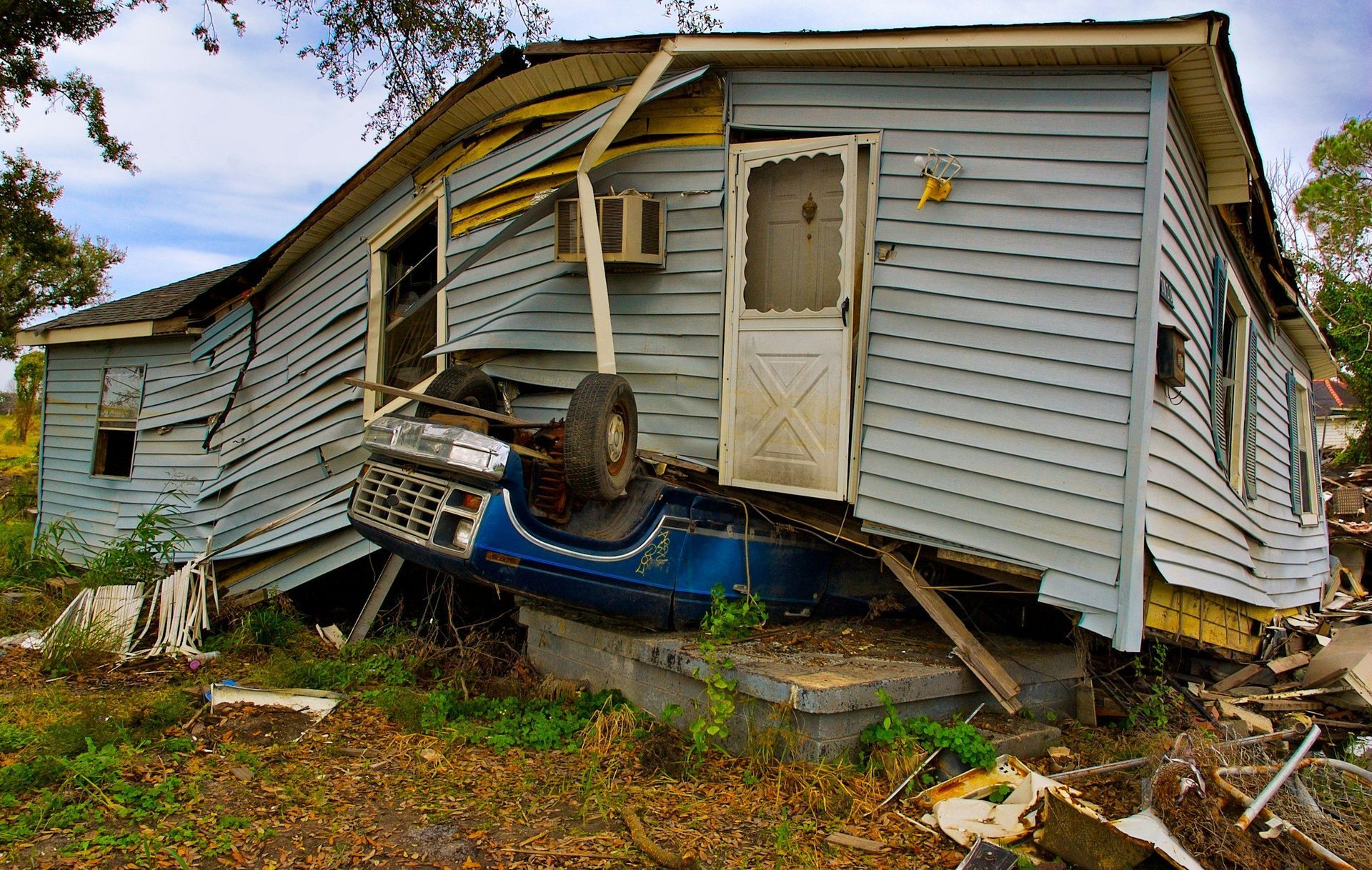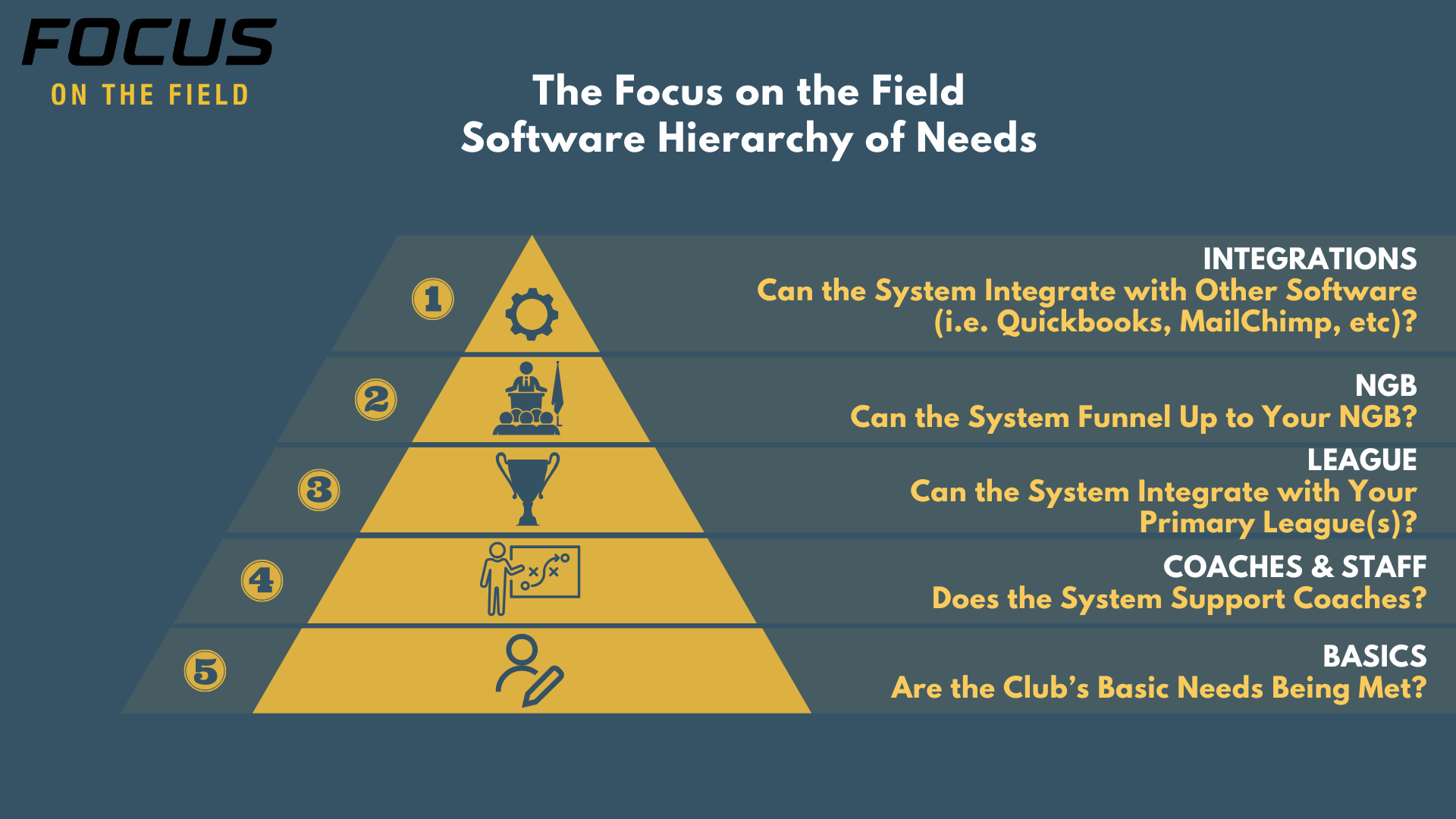Series: ‘A Note to Parents’ - The Silver Linings Pandemic
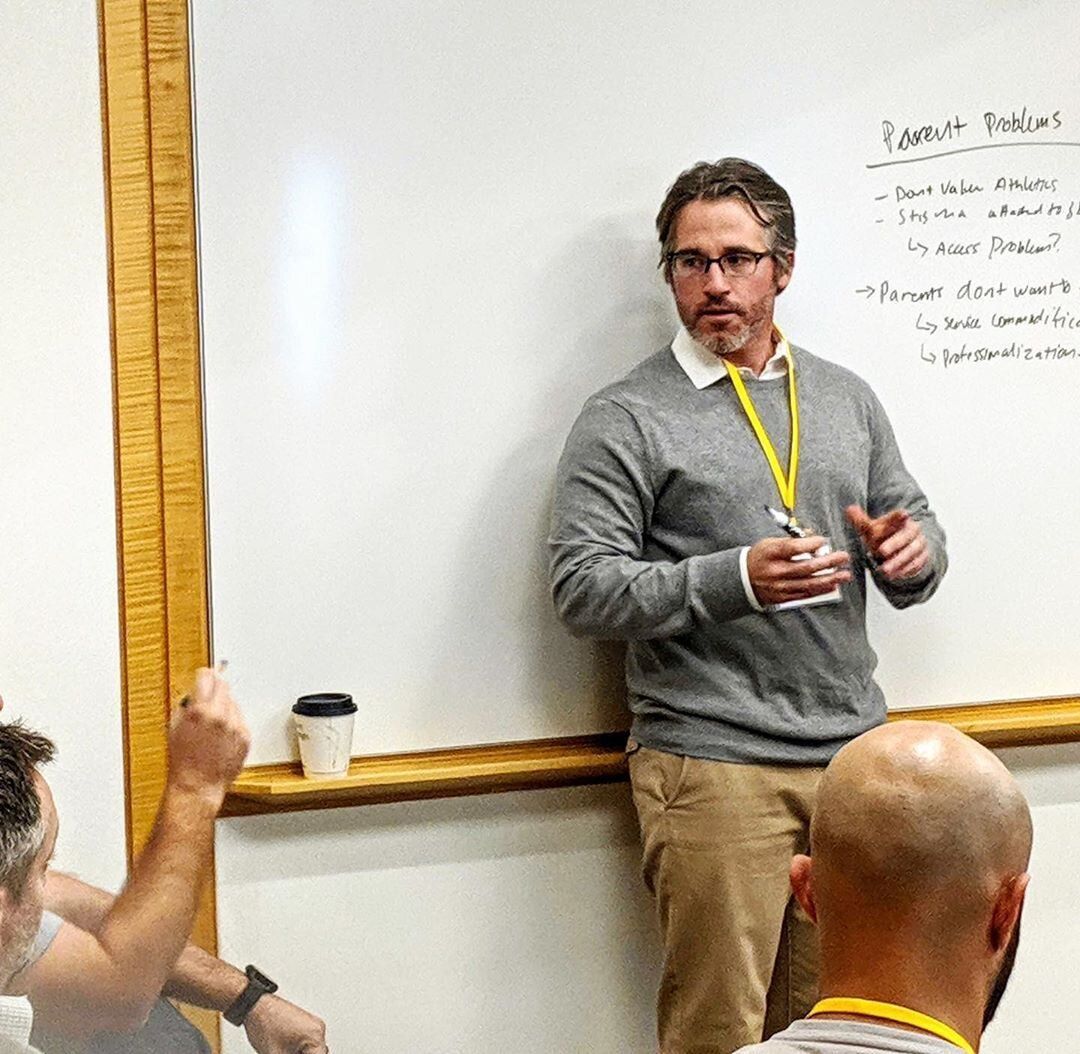
In this series of posts, published by our CEO Tyler Kreitz when he was the COO of ADVNC Lacrosse, Tyler sheds light on pressing issues facing families in youth sports. Not only does Tyler provide valuable insight on these issues from top researchers in the space, but also tangible solutions to instill positive change in the youth sports ecosystem coming out of the COVID-19 pandemic.
4/29/20
Dear Parents,
This afternoon we had our 9th shelter in place workout, which we Zoom’d live to all of our players in the ADVNC community. Our SF and South Bay Director, Matt Bond, teamed up with me and South Bay Manager Saskia Choudry to put kids through the paces of burpees, sprints, squats and leg lifts - the common 4 horsemen of bodyweight exercises.
Down at Red Morton Park in Redwood City, a few ADVNC kids and families joined me for this group workout. They lived nearby and it was easy for them to get there. Aside from our 6+ foot bubbles of exclusion and zealous use of hand sanitizer it had the feeling of normalcy. Matt Bond was working out from his home in Santa Clara and we joined over 100 others from Northern California and the west coast on Zoom. The workout allowed Matt Bond and I to coach a skill - in this case how to torture yourself for 35 minutes or so - to kids from all over the place in an efficient and collaborative set up. No one was restricted by traffic or distance from joining and we recorded the session so players could access it later if they weren’t able to make this particular time.
Though far from perfect, our continued experiment in distance learning and coaching has allowed us to remain connected. In addition, through the uncertainty, pain and fear of this pandemic, moments like these have provided a semblance of routine.
These learnings and practices have been an unexpected bright side to our current situation. Other silver linings like this exist amongst what this pandemic has wrought, especially for what it has done for the youth sports industry as a whole. Prior to March, 2020, issues of rising costs, misplaced priorities, over-scheduled kids and pressure cooker environments were well known and chronicled in the youth sports industry. Those issues, and subsequent solutions we would try and implement, were the basis of this column .
Yet as much as we discussed and tried to reform from within, industry wide solutions kept being one quarter away, when ‘the time was right’. And why not? Youth sports was a rapidly growing industry, spawning industry towns built around megacomplexes . The good times were rolling and there was no need to mess with success. When covid-19 out-leaped the late Kobe Bryant into our national conscience, however, things changed.
An industry built around large gatherings, long travel and physical contact was upended and issues that had been pushed off were allowed to come to the front and center . Over the past month, as I’ve read articles, spoken on and listened to numerous panels and podcasts discussing what comes next in youth sports, the consistent refrain I hear is about the opportunity for youth sports to ‘reset’ themselves and return to a less structured, more local and less specialized environment. From John O’Sullivan at Changing the Game to Tom Farrey of the Aspen Institute’s Sports in Society program, national leaders from across the spectrum have brought this issue forward with a push for youth sports to reform for the better.
At ADVNC, we found ourselves having these same conversations as our world and lives have been upended. Like many small organizations we have been thinking and planning how to not only survive this pandemic but to emerge for the better. Our daily team meetings have been crisp and focused as we’ve moved from plan A to B to C, while making sure plans D through F are ready.
What’s guided us through this time has been our mission and our goals. A few weeks back, after another night of news highlighting the extension of social distancing, the elimination of much of our season loomed as a possibility. At the beginning of our meeting that morning Chris Rotelli sent us an email with the mission and goals of ADVNC pasted in the body. It not only reminded us of what our intent at ADVNC was - to grow kids' love of lacrosse, for them to become better people, and push them to reach their potential on the field and off - but reminded us of how we can reform ourselves to the new reality. Like the calls from national youth sports leaders to use this opportunity to address underlying issues, we would also examine how we could deliver on our mission and goals.
First among these goals was to make our programs more accessible and provide that outlet for activity that players and parents were craving. Greg Weigel and our Director of Marketing Mike Saks immediately got to work, enlisting the help or our great coaches to create content that players could do on their own. Those initial videos and emails were the seeds of what would become our Remote Training program.
As we sent these out we found another unexpected but welcome development. Asking for kids to send their videos to us seemingly spawned a surge in free play. While we didn’t receive videos from everyone we estimated from our feedback and anecdotal evidence that folks were adopting the endurance and self discipline of our Work While No One Is Watching ethos. It was a welcome bit of encouragement, and a first green shoot for us that we could still fulfill our mission and goals in this new reality.
From there we continued to develop, and expanded our focus to players holistic and physical well being through our first group workouts. Though far from perfect, the workouts allowed us to create an active routine and place where our community could connect no matter their location. It also allowed us to see what the limits and benefits are from online platforms .
Looking ahead to a summer that will keep us physically distant to start, we are developing and adjusting our programs to keep us connected while we stay at home. Perhaps most promising from this is that when the orders to stay home lift and we return to the fields our lessons learned will stay with us and be incorporated into our program. Whether it is a renewed focus on the holistic development of the athlete or reducing a families time in a car, the silver linings from this tragic time have the opportunity to endure.
Like everyone, we are not certain what the future will portend - for us, for ADVNC or for the Youth Sports Industry as a whole. If we can collectively stick to our guiding mission and goals, however, I’m certain that it will curve towards the good.
Until next time-
Tyler

